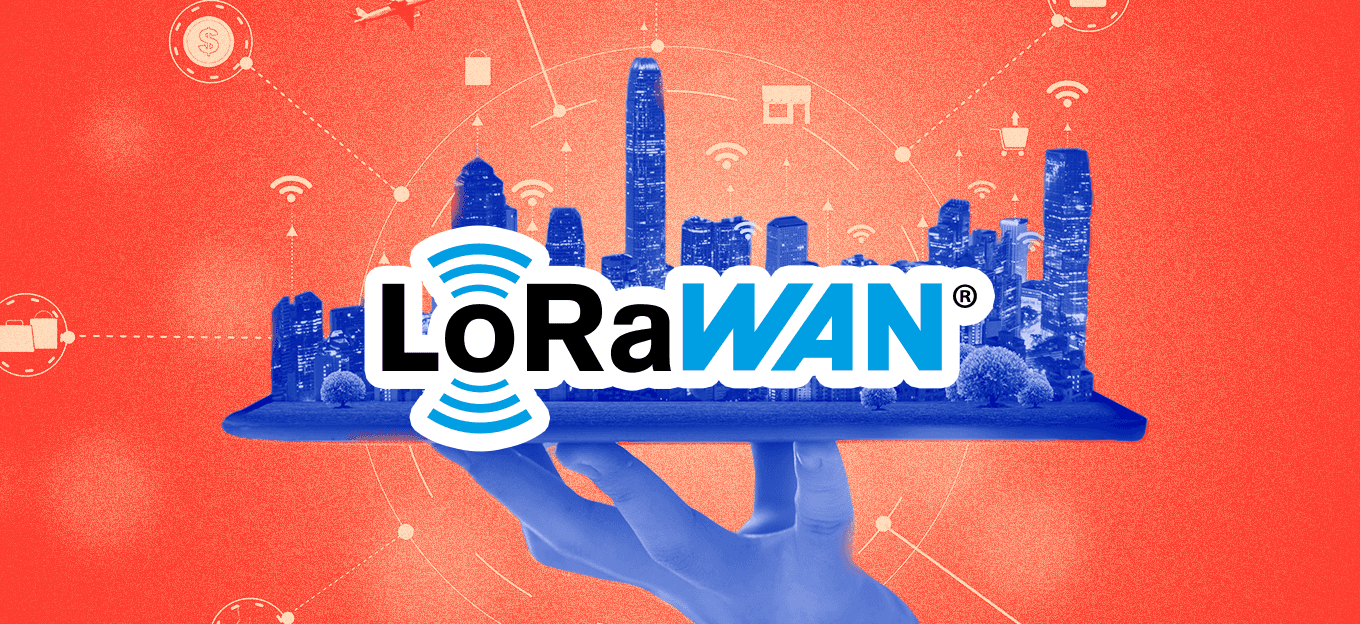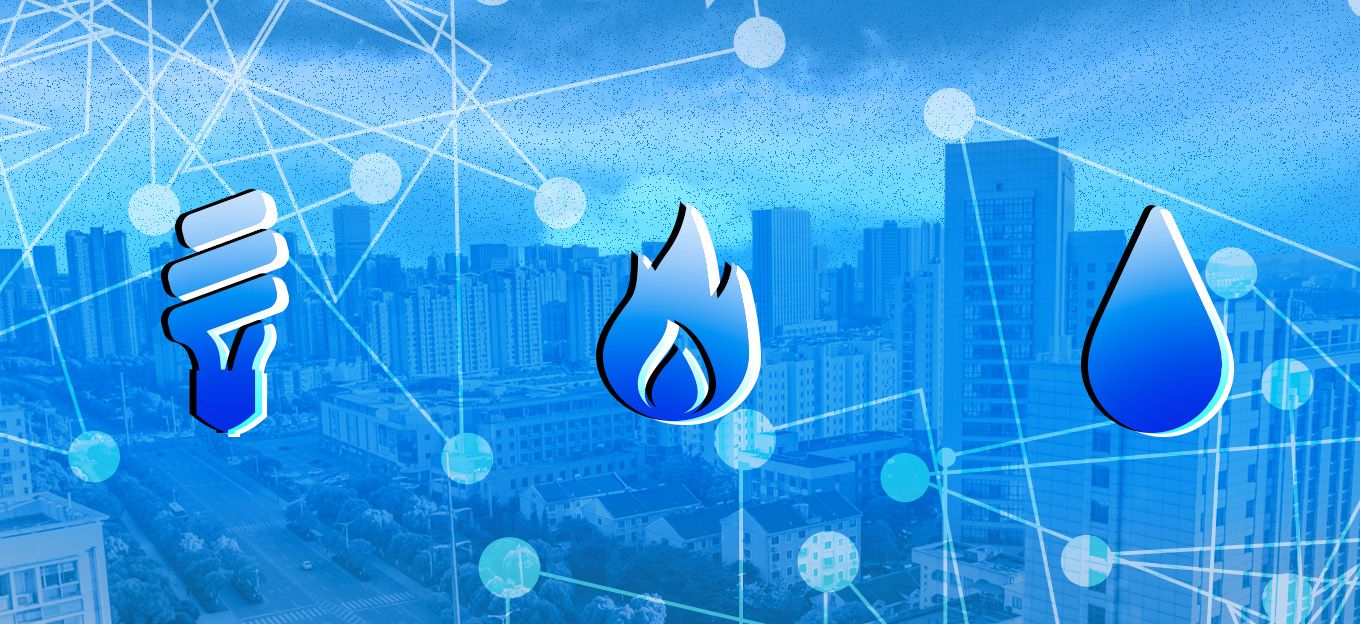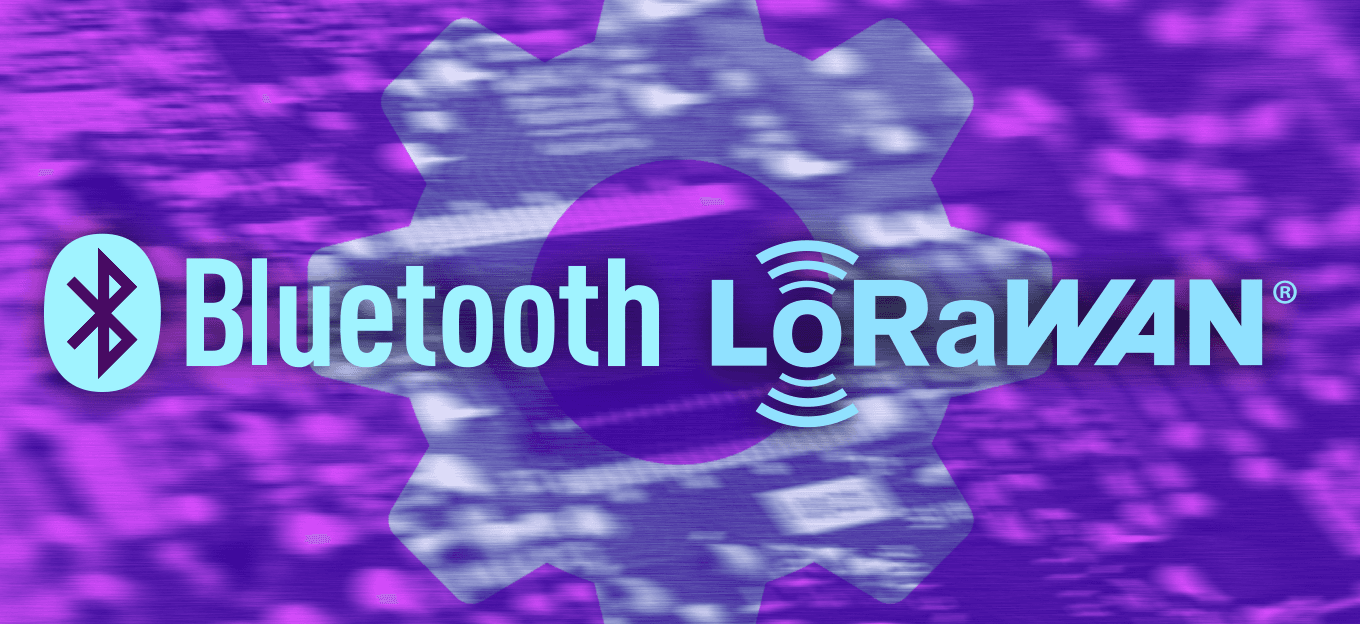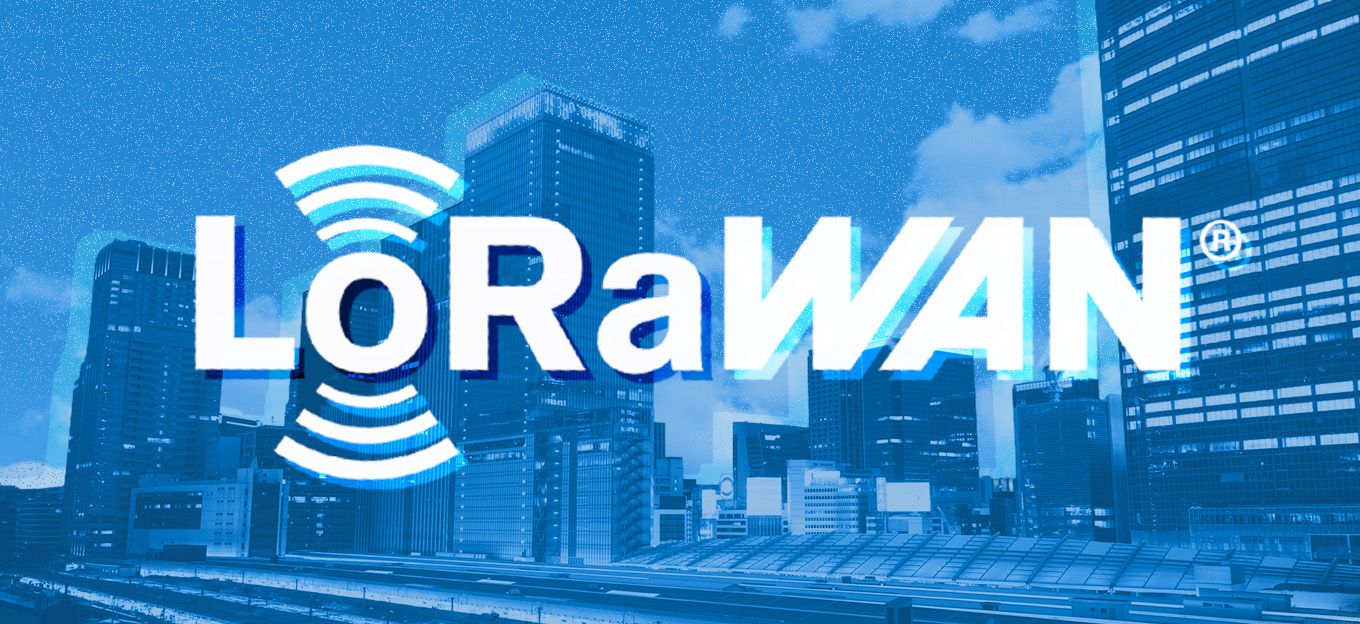Beyond the Basics: Advanced LoRaWAN Strategies for Smart Cities
Beyond the Basics: Advanced LoRaWAN Strategies for Smart Cities
- Last Updated: October 30, 2025
Uniconverge Technologies
- Last Updated: October 30, 2025



LoRaWAN technology is a proven foundation for smart city development. We know it connects low-power sensors over long distances, enabling applications like smart lighting and waste management. But the true potential of this technology lies beyond these standard use cases.
The next wave of urban innovation will be driven by how we integrate LoRaWAN with other emerging technologies and navigate complex deployment challenges. We will explore how pairing LoRaWAN with 5G and AI unlocks new capabilities, examine real-world case studies with measurable results, and offer pro tips for overcoming deployment hurdles. We will also discuss the critical roles of policy, community engagement, and cost-effective models for cities of all sizes.
LoRaWAN Integration with Emerging Tech
The power of LoRaWAN multiplies when it doesn’t work in isolation. By acting as the wide-area sensor network, it can feed massive amounts of data to more powerful systems for processing and action. This creates a symbiotic smart city IoT ecosystem.
Pairing with 5G and Edge Computing
LoRaWAN and 5G are not competitors; they are collaborators. LoRaWAN excels at cost-effectively collecting small data packets from thousands of urban monitoring sensors. 5G provides the high-bandwidth, low-latency pipeline needed for data-intensive applications.
Consider a traffic management system. LoRaWAN sensors can monitor vehicle counts, parking availability, and pedestrian flow. This data is aggregated at a LoRaWAN gateway, which then uses a 5G connection to send the bulk data to a central cloud server. Edge computing adds another layer of intelligence. An edge device at the gateway can perform initial data analysis, identifying traffic anomalies in real-time and triggering local actions—like changing traffic light patterns—without waiting for a round trip to the cloud. This combination delivers both massive scale (LoRaWAN) and immediate response (Edge/5G).
The Role of Artificial Intelligence (AI)
AI turns the raw data collected by LoRaWAN sensors into predictive insights. In Barcelona, AI algorithms analyze data from LoRaWAN-connected soil moisture sensors, weather forecasts, and satellite imagery to predict the exact water needs of city parks. This has led to a 25% reduction in water usage for irrigation. Similarly, AI can analyze air quality data to predict pollution events or sift through structural health data from bridges to forecast maintenance needs before critical failures occur.
Theory is one thing; results are another. Let’s look at unique case studies where LoRaWAN has delivered quantifiable outcomes.
Case Study: Calgary's Smart Water Management
The city of Calgary, Canada, faced challenges with monitoring its water and wastewater systems, especially in remote or hard-to-access locations. By deploying a city-wide LoRaWAN infrastructure, they connected sensors to monitor storm drain water levels, manhole cover displacement, and soil moisture.
- Measurable Impact: The system provides real-time alerts for potential sewer backups and floods, allowing proactive intervention. During one pilot, the network detected a high-level water event, enabling crews to respond and prevent an estimated $70,000 in flood damage.
- Lesson Learned: Starting with a targeted, high-value problem (flood prevention) proved the business case for a broader network expansion. It demonstrated that the ROI of LoRaWAN is not just in efficiency but also in risk mitigation.
Case Study: Antwerp's Multi-Service Network
Antwerp, Belgium, is a pioneer in using a unified LoRaWAN network to support multiple city services. The network, known as "The City of Things," provides a connectivity backbone for everything from smart street lighting to route optimization for city vehicles.
- Measurable Impact: The smart lighting project alone has resulted in an 80% reduction in energy consumption in some areas. By tracking city assets, they have optimized service routes, reducing fuel costs and emissions.
- Lesson Learned: A shared, multi-departmental LoRaWAN infrastructure is far more cost-effective than building separate networks for each application. It creates a platform for innovation where new services can be added with minimal incremental cost.
Deploying a large-scale LoRaWAN network is not without its challenges. Here are practical tips for city planners and engineers.
Network Optimization in Dense Urban Areas
Urban canyons, formed by tall buildings, can block or reflect radio signals, leading to coverage gaps.
- Pro Tip 1: Conduct a Thorough Site Survey. Before deploying gateways, use spectrum analyzers and test devices to map out the radio frequency (RF) environment. This helps identify optimal gateway locations on rooftops or light poles to maximize coverage and minimize the number of devices needed.
- Pro Tip 2: Plan for Redundancy. Ensure that critical sensor locations are within range of at least two gateways. This macro-diversity ensures that if one gateway path is blocked or a gateway goes offline, the message will still get through.
Security Best Practices for LoRaWAN
While LoRaWAN has built-in AES-128 encryption, the overall security of the network depends on proper implementation.
- Pro Tip 1: Physical Gateway Security. Gateways are a primary target. Ensure they are physically secured to prevent tampering. Use secure backhaul connections (like VPNs over cellular or fiber) to protect data in transit from the gateway to the network server.
- Pro Tip 2: Robust Key Management. Never use default security keys. Implement a strong process for provisioning and rotating network and application keys. This prevents a compromised device from affecting the entire network.
The Role of Policy and Regulation
Public policy plays a crucial role in the success of smart city projects. Clear regulations can accelerate adoption, while ambiguity can stifle it.
For LoRaWAN, which often uses unlicensed spectrum, regulations around duty cycles (how frequently a device can transmit) are critical. City planners must work with technology partners to ensure their deployment complies with national and regional RF regulations to avoid interference and legal issues.
Furthermore, cities are developing data privacy and governance policies that dictate how sensor data is collected, stored, and used. A successful strategy involves creating a transparent policy that protects citizen privacy while still allowing the city to benefit from the data. Engaging the public in this process builds trust and support for smart city initiatives.
Future Trends: Next-Gen LoRaWAN for Smart Cities
The evolution of LoRaWAN is far from over. Market forecasts predict billions of connected devices in the coming years, driven by several key trends.
- Energy Harvesting: The next generation of urban monitoring sensors will not rely on batteries at all. They will be powered by energy harvested from their environment—using tiny solar panels, vibrations, or ambient heat. This will eliminate the operational cost of battery replacement.
- AI-Driven Networks: Future LoRaWAN networks will be self-optimizing. AI will continuously analyze network performance, automatically adjusting data rates and channels to mitigate interference and maximize capacity without human intervention.
- Direct Satellite Connectivity: Emerging standards will allow LoRaWAN devices to communicate directly with Low Earth Orbit (LEO) satellites. This will provide coverage for applications in highly remote areas where terrestrial gateways are not feasible, such as monitoring water pipelines or vast agricultural lands.
Community-Driven Projects & Localized IoT
Smart cities shouldn't be a top-down, government-only endeavor. Some of the most successful projects engage citizens directly. In the Netherlands, The Things Network started as a community-driven initiative to build a free and open LoRaWAN network. Citizens and businesses crowdfunded and deployed their own gateways, creating city-wide coverage that anyone could use.
This model empowers residents to become creators, not just consumers, of smart city technology. Local communities can deploy their own air quality sensors to monitor their neighborhoods or build solutions for hyper-local problems, fostering a sense of ownership and collaboration.
Cost-Efficient Deployment for Small Cities
Smart city solutions are not just for mega-cities with huge budgets. Smaller municipalities can adopt LoRaWAN cost-effectively.
- Start Small, Scale Smart: Begin with a pilot project focused on a single, high-impact problem, like smart water metering to increase revenue or smart lighting to cut energy costs. The savings from this initial project can fund future expansion.
- Explore Public-Private Partnerships (PPPs): Partner with local telecom providers or technology companies to share the cost of building the initial LoRaWAN infrastructure.
- Leverage Open-Source Solutions: Use open-source LoRaWAN network servers and platforms to reduce software licensing costs.
Conclusion
The role of LoRaWAN gateways in building smart cities is evolving from a simple connectivity solution to a strategic enabler of advanced urban intelligence. By integrating with AI, 5G, and edge computing, this technology is unlocking unprecedented levels of efficiency and predictive capability. Real-world deployments in cities like Calgary and Antwerp prove the measurable impact on budgets and quality of life.
For city planners and technology professionals, the path forward involves a multifaceted strategy. It requires mastering technical deployment, championing supportive public policies, engaging the community, and adopting financially sustainable models. By embracing these advanced strategies, cities of all sizes can harness the full power of LoRaWAN to build a more connected, efficient, and sustainable future.
The Most Comprehensive IoT Newsletter for Enterprises
Showcasing the highest-quality content, resources, news, and insights from the world of the Internet of Things. Subscribe to remain informed and up-to-date.
New Podcast Episode

What is Hybrid Connectivity for IoT?
Related Articles


